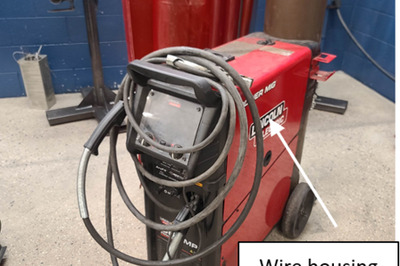
views
RBI Report 2020-21: The Reserve Bank of India, or RBI, has recently released its annual report on the financial performance of the country. The central bank in that report noted that despite the ongoing Covid-19 pandemic that shook the country in 2021 with its deadly second wave, the financial performance of the banks turned out to be the best in the recent years. The asset quality of the banking sector has improved over the year, the RBI said, adding that the gross non-performing asset ratio (GNPA) for scheduled commercial banks (SCBs) fell to 6.9 per cent as at the end of September from 7.3 per cent in March, and 8.2 per cent in FY20, which is the last financial year.
According to the RBI ‘Report on Trend and Progress of Banking in India’ for 2020-21, financial performance of SCBs in 2020-21 was marked by a discernible increase in profitability as their income remained stable but expenditure declined.
“This was in sharp contrast with the past five years during which
PSBs incurred losses and profitability of PVBs was declining,” said the RBI report, adding, “The total income of banks remained stable, despite a marginal decline in its largest component viz. interest income, in an environment characterised by low credit offtake and interest rates.”
However, this fall was cushioned by a sizeable increase in income from investments, while income from trading also accelerated, d, as banks booked profits on falling G-Sec yields.
“The moderation in GNPA ratios of banks that began in 2019-20, continued during the period under review to reach 7.3 per cent by end-March 2021. Provisional supervisory data suggest a further moderation in the ratio to 6.9 per cent by end-September 2021. During 2020-21, this improvement was driven by lower slippages, partly due to the asset classification standstill. With the decline in delinquent assets, their provision requirements also dropped and the net NPA ratio of PSBs and PVBs eased from the previous year,” said the RBI in its report.
Since 2018, write-offs were the predominant recourse for lowering GNPAs
in 2020-21, the central bank said mentioning the reason behind this decrease. The lowest figure of 6.9 per cent GNPA was recorded in September. Consistent with the improvement in asset quality, the proportion of standard assets to total advances of SCBs increased in 2020-21, largely because of the improved performance of PVBs.
Banks’ capital ratio was also boosted by a slowdown in the accumulation of risk weighted assets (RWAs) of both private and public sector banks.
“The share of large borrowal accounts (exposure of Rs 5 crore or more) in total advances declined to 51 per cent at end-March 2021 from 54.2 per cent a year ago. Their contribution to total NPAs also declined in tandem from 75.4 per cent to 66.2 per cent during the same period. The special mention accounts-2 (SMA-2) ratio, which signals impending stress, has risen across bank groups since the outbreak of the pandemic,” said the RBI report.
The news of the fall of NPAs come as good news because in India, the banking sector is synonymous to economy. The banking sector acts as the backbone, despite a lot of borrowing by large corporates is now happening outside the banking system, such as bond markets and overseas markets. Therefore, banks need to be in good shape for the economy to function. The latest RBI report proved the skeptical wrong, who had predicted that the health of banks will decline due to bad loans amid the pandemic.
Read all the Latest Business News here


















Comments
0 comment